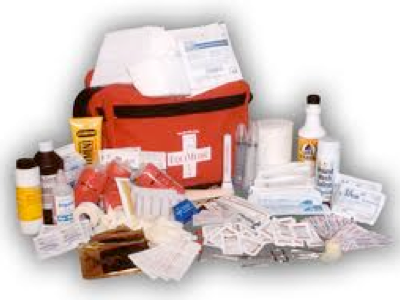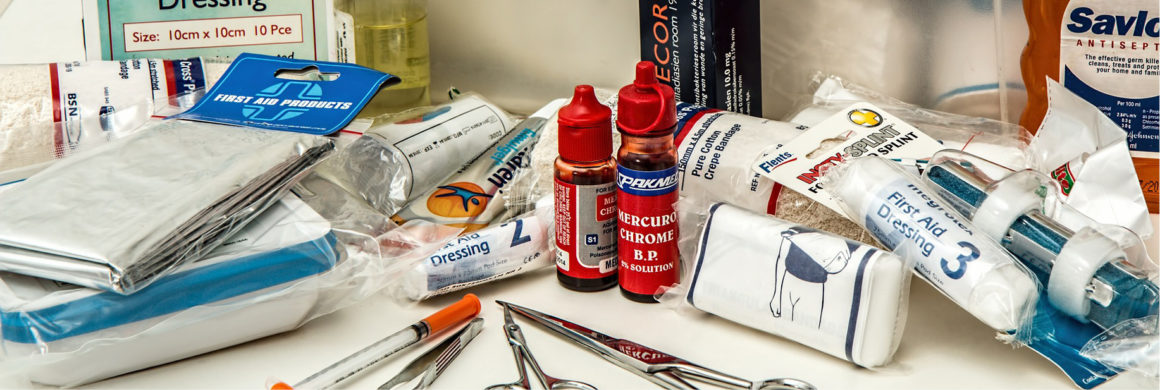First Aid Basics for Horse Owners

Caring for horses involves not only daily maintenance but also being prepared for emergencies. Understanding first aid basics is crucial for horse owners to respond promptly and effectively to injuries or health issues. This guide covers essential first aid knowledge, tools, and procedures every horse owner should know.
Essential First Aid Kit for Horses
Having a well-stocked first aid kit is the first step in being prepared. Here’s a table outlining key items and their uses:
| Item | Purpose |
|---|---|
| Sterile gauze pads | To cover wounds and control bleeding |
| Adhesive tape | To secure bandages |
| Antiseptic solution | To clean wounds and prevent infection |
| Scissors | To cut bandages or tape |
| Tweezers | To remove debris or splinters |
| Thermometer | To check the horse’s temperature |
| Latex gloves | To maintain hygiene and prevent contamination |
| Hoof pick | To clean hooves and check for injuries |
Common Injuries and How to Treat Them
Cuts and Scrapes
- Clean the wound with antiseptic solution.
- Apply sterile gauze and secure with adhesive tape.
- Monitor for signs of infection such as swelling or discharge.
Bruises and Swelling
- Apply cold compresses to reduce swelling.
- Rest the horse and avoid strenuous activity.
- Consult a veterinarian if swelling persists.
Colic Symptoms
- Recognize signs like pawing, rolling, and lack of appetite.
- Remove feed and water temporarily.
- Contact a veterinarian immediately.
Basic First Aid Procedures
- Assess the Situation: Ensure your safety and the horse’s before approaching.
- Control Bleeding: Apply pressure with gauze pads.
- Clean Wounds: Use antiseptic solutions gently.
- Bandage Properly: Avoid wrapping too tightly to maintain circulation.
- Monitor Vital Signs: Check temperature, pulse, and respiration regularly.
FAQ
Q: How often should I check my horse’s first aid kit?
A: Regularly, at least once a month, to replace expired or used items.
Q: When should I call a veterinarian?
A: For deep wounds, persistent bleeding, signs of colic, or if the horse’s condition worsens.
Q: Can I use human medications on horses?
A: Only under veterinary guidance, as some human medications can be harmful to horses.
Conclusion
Being knowledgeable about first aid basics empowers horse owners to act swiftly and confidently during emergencies, potentially saving their horse’s life. Regular training and preparedness are key to effective equine care.
This expanded content aims to provide a clear, practical, and SEO-friendly resource for horse owners seeking first aid information.
